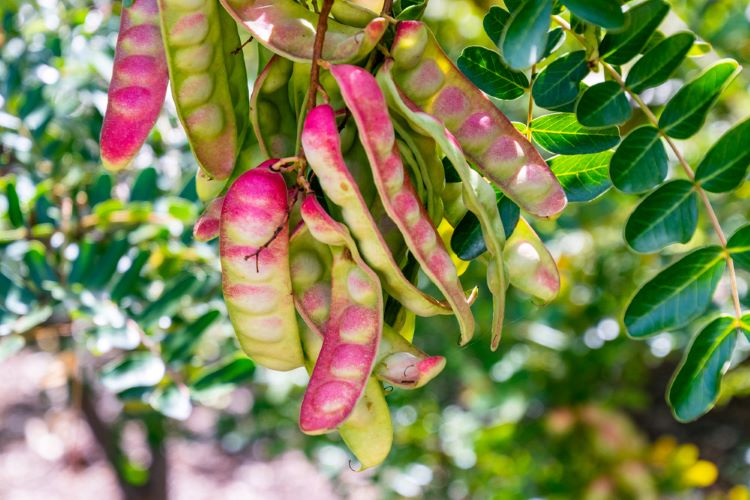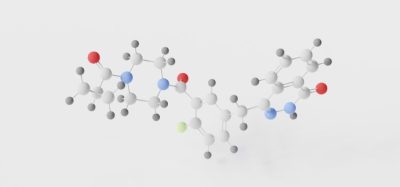Could plastic alternative support environmentally-sustainable drug delivery?
Posted: 15 January 2024 | Catherine Eckford (European Pharmaceutical Review) | No comments yet
Research highlighting recent advancements of the natural polymer tara gum point to its potential applications in pharmaceutical drug delivery, emphasising its role in minimising plastic use.


The natural polymer tara gum polysaccharide (Caesalpinia spinosa) has application potential in pharmaceutical drug delivery, according to researchers in Korea. This is mainly due to its benefits such as its biocompatibility, biodegradability, and safety.
A biodegradable alternative
A study by the researchers, published in Carbohydrate Polymers, suggested that the material could be a natural, environmentally-friendly alternative to petroleum-based polymers such as plastic.
Applications and uses of tara gum in drug delivery
Applications of tara gum and its modified materials include the controlled-release of vitamin D-3, antibacterial hydrogel development… [and] controlled-release of pharmaceutical drugs”
The applications of tara gum and its modified materials include the controlled-release of vitamin D-3, antibacterial hydrogel development, iron delivery in both infants and adults, controlled-release of pharmaceutical drugs, and restoration of the physiological barrier of the gut, the researchers stated. In the paper, Raj et al. acknowledged that for commercialisation, tara gum, “among other polysaccharides, can easily be scaled up at the industrial level.”
As part of their review, the researchers described current synthetic strategies for modifying tara gum for use in pharmaceutical applications. These included “coupling using the Maillard reaction, redox initiators, sulfation, and carboxylation reactions.”
In animal studies (rats and mice), the gum was reportedly “safe in chronic toxicity and carcinogenicity assays”, it was noted in the paper.
“The physicochemical property of tara gum and its products can be enhanced using various kinds of monomers, crosslinkers, or other polysaccharides. Furthermore, the improvement of antibacterial properties might be achieved through the incorporation of chitosan or other natural polymers, as well as inorganic materials such as copper and zinc nanoparticles,” Professor Sangkil Lee of Chung-Ang University in the Republic of Korea suggested.
Overall, with its potential for effective and safe drug formulations, this natural polymer could help reduce the global burden of health risks and costs, according to Raj et al.
Professor Lee explained that their paper is the “first” review article covering recent advancements in tara gum and its modified materials, alongside its potential role in drug delivery.
Related topics
Biopharmaceuticals, Drug Delivery Systems, Drug Safety, Formulation, Industry Insight, Ingredients, polymers, Research & Development (R&D), Sustainability, Therapeutics









